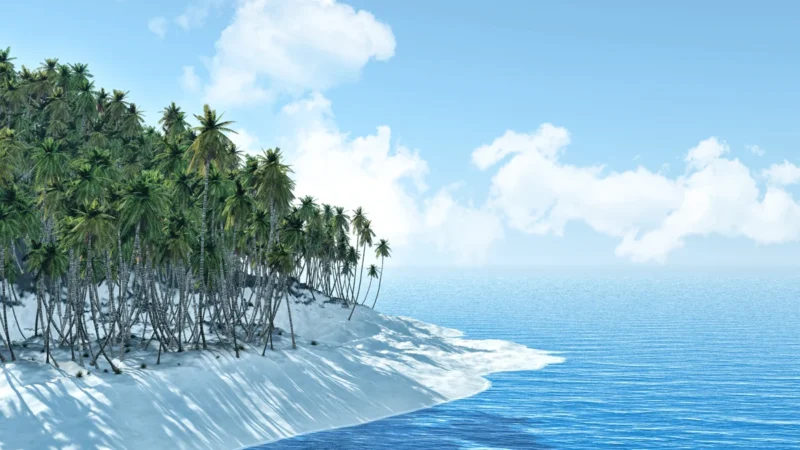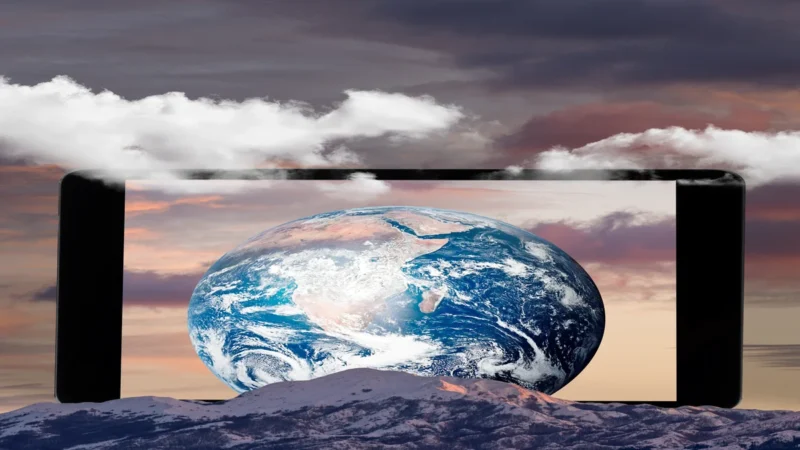The Impact of Plastic Pollution on Marine Species

Plastic pollution has emerged as one of the most pressing environmental issues of our time. With millions of tons of plastic waste entering our oceans each year, marine species have become unwitting victims of this ecological crisis. This article delves into the profound consequences of plastic pollution on marine species, shedding light on the detrimental effects it has on their habitats, health, and overall well-being.
1.Plastic Pollution in the Marine Environment:
Plastic pollution in the marine environment has reached alarming levels. Billions of plastic items, ranging from single-use bottles and bags to microplastics, accumulate in the ocean, posing a grave threat to marine ecosystems. These persistent and non-biodegradable materials can persist for hundreds of years, continuing to affect marine species long after they enter the water.
2.Marine Species at Risk:
Marine species are highly diverse, ranging from tiny plankton to majestic whales. Unfortunately, plastic pollution affects a wide array of these organisms. Sea turtles mistake plastic bags for jellyfish, seabirds ingest plastic particles, and marine mammals get entangled in fishing nets and discarded plastic debris. The impact on marine species varies depending on their feeding habits, migration patterns, and overall sensitivity to plastic pollutants.
3.The Ecological Consequences:
The presence of plastic in the marine environment has far-reaching ecological consequences. As marine species interact with plastic debris, it can disrupt food chains and lead to bioaccumulation and biomagnification of toxic chemicals, ultimately affecting larger predators and even humans. The loss of certain marine species can destabilize entire ecosystems, causing a ripple effect throughout the food web.
4.Microplastics:
The Unseen Threat: Microplastics, tiny plastic particles measuring less than 5 millimeters, pose an insidious threat to marine species. These particles are often mistaken for food by filter-feeding organisms like zooplankton, leading to their ingestion. As smaller organisms are consumed by larger ones, microplastics can travel up the food chain, affecting a wide range of marine species and even reaching human consumers.
5.Impact on Breeding and Reproduction:
Plastic pollution can significantly impact the breeding and reproductive success of marine species. For instance, plastic debris can damage coral reefs, essential breeding grounds for many marine organisms. Furthermore, exposure to plastic chemicals can disrupt the hormonal systems of marine species, leading to reduced reproductive success and population decline.
6.Conservation Efforts and Solutions:
Addressing plastic pollution requires a multifaceted approach. Governments, industries, and individuals must work together to reduce plastic waste generation, improve waste management systems, and promote the use of sustainable alternatives. Efforts to clean up and remove plastic from the oceans are also crucial to protecting marine species and their habitats.
we can conclude this, Plastic pollution poses a severe and complex threat to marine species. From large marine mammals to microscopic plankton, no organism is immune to the impact of plastic debris in our oceans. To safeguard the health and diversity of marine species, urgent and concerted actions are needed to address the root causes of plastic pollution. Only through global collaboration and sustained efforts can we hope to mitigate this crisis and secure a healthier future for marine life and our planet.
FAQs
1.What is plastic pollution, and how does it affect marine species?
Plastic pollution refers to the accumulation of plastic waste in the oceans, adversely impacting marine life. Marine species can ingest or get entangled in plastic debris, leading to injuries, ingestion of toxic chemicals, and disruption of their natural behaviors.
2.Which marine species are most vulnerable to plastic pollution?
Numerous marine species are at risk, including sea turtles, seabirds, marine mammals like whales and dolphins, as well as various fish and invertebrates. Filter-feeding species and those mistaking plastics for food are particularly vulnerable.
3.What are microplastics, and why are they concerning for marine life?
Microplastics are tiny plastic particles that are less than 5 millimeters in size. They are a significant concern as they can be ingested by small marine organisms, entering the food chain. Microplastics have the potential to harm marine species and, eventually, impact humans who consume seafood.
4.How does plastic pollution impact marine ecosystems as a whole?
Plastic pollution disrupts marine ecosystems by altering food chains, damaging critical habitats like coral reefs, and affecting the reproductive success of various species. The loss of keystone species can lead to imbalances that affect the entire marine ecosystem.
5.What can individuals and communities do to help combat plastic pollution in our oceans?
Everyone can contribute to the solution! Reduce single-use plastic consumption, recycle properly, participate in beach clean-ups, support policies promoting sustainable practices, and raise awareness about the issue to inspire positive change.


